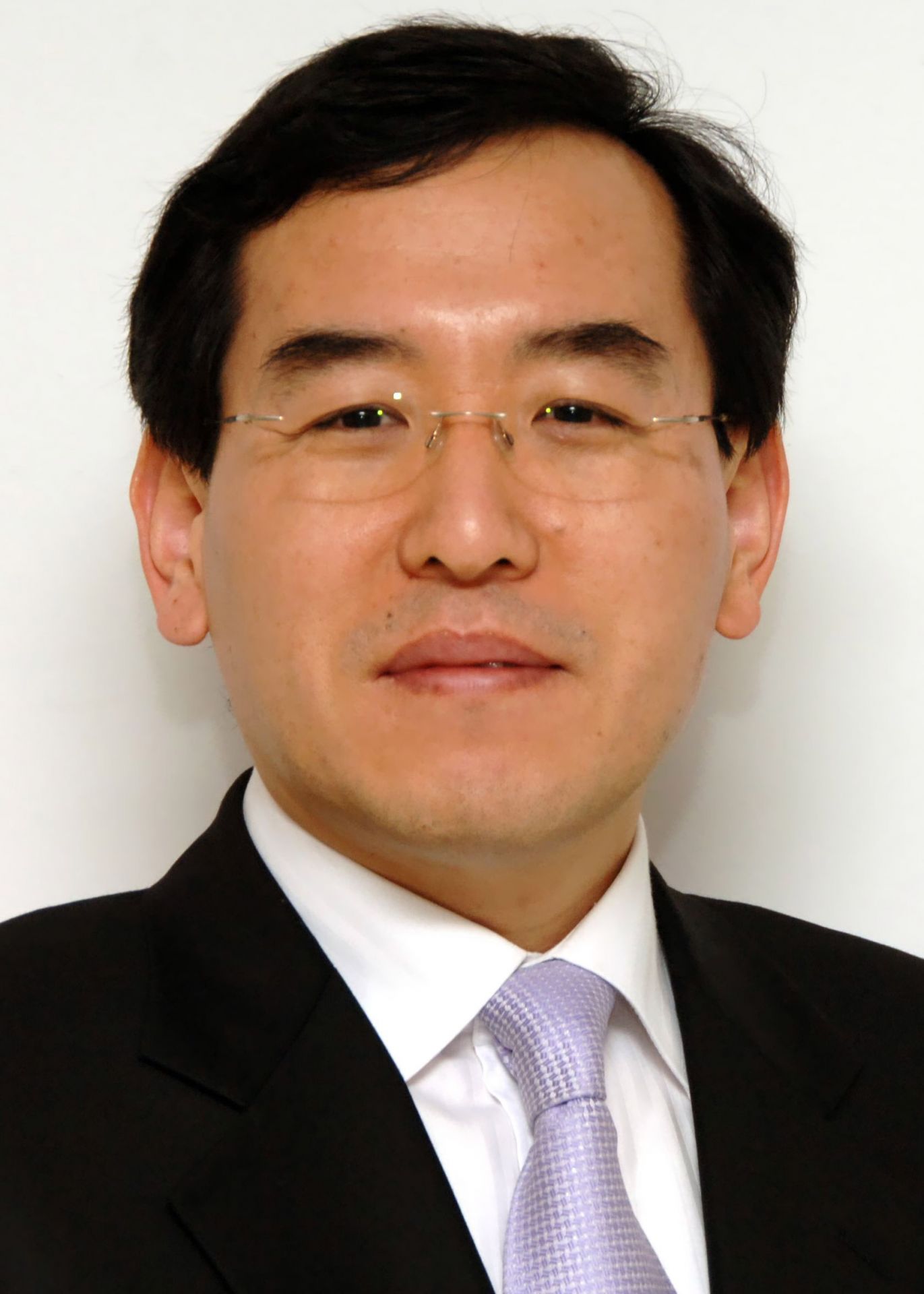Turkey’s Akkuyu-1 receives its polar crane. (Photo: Akkuyu Nuclear)
Akkuyu Nuclear, the Ankara-based Rosatom subsidiary established to manage Turkey’s Akkuyu nuclear plant project, has announced the successful mounting of the Unit 1 polar crane. The operation was carried out using a Liebherr LR 13000 crane and took approximately four hours, according to Akkuyu Nuclear.
Also referred to as a circular bridge crane, the polar crane operates on a circular runway located near the spring line of the containment building. It is used for a wide range of loading and lifting tasks within containment, including reactor-head removal/replacement and fuel loading/unloading.
The Darlington-3 reactor face. (Photo: OPG)
Ontario Power Generation has announced that refurbishment of Unit 3 at its Darlington nuclear plant is progressing ahead of schedule, with an expected return to service by late 2023, rather than early 2024.
A view of Los Alamos National Laboratory. (Photo: LANL)
The National Nuclear Security Administration announced that, in compliance with the National Environmental Policy Act (NEPA), it intends to prepare a site-wide environmental impact statement (SWEIS) to analyze the potential environmental impacts for continuing operations of the Los Alamos National Laboratory for the next 15 years. The SWEIS will also analyze the environmental impacts of legacy waste remediation being done by the Department of Energy’s Office of Environmental Management at the site.
The Zaporizhzhia nuclear power plant. (Photo: Ralf1969, Wikimedia Commons)
The latest news on Ukraine’s Zaporizhzhia nuclear power plant—under occupation by the Russian military since early March—sparks some hope, but also more anxiety.
The good: This morning, Russia requested that the United Nations Security Council hold a meeting tomorrow on the situation at the six-unit pressurized water reactor plant, according to RIA Novosti, a Russian state-owned news agency. The RIA report cited a post via the Telegram messaging app from Dmitry Polyansky, Russia’s first deputy minister at the UN. In the post, Polyansky said the meeting is scheduled for “22:00 Moscow time on August 23.”
Construction of the IAEA’s international training center for nuclear security is expected to be completed by the end of this year. (Photo: C. Daniels/IAEA)
Construction of the International Atomic Energy Agency’s new Nuclear Security Training and Demonstration Centre (NSTDC) is nearing completion in the town of Seibersdorf, Austria, near the capital city of Vienna. The IAEA expects construction to be finished by the end of the year, allowing for the facility to open and be operational by late 2023.
Terrani, Huff, and Fleischmann had the honor of cutting the ribbon to celebrate the opening of the Pilot Fuel Manufacturing facility. (Photo: USNC)
Ultra Safe Nuclear Corporation (USNC) celebrated the opening of its Pilot Fuel Manufacturing (PFM) facility in Oak Ridge, Tenn., on August 18 with a ribbon-cutting ceremony and tour attended by assistant secretary for nuclear energy Kathryn Huff, Tennessee lieutenant governor Randy McNally, U.S. Rep. Chuck Fleischmann (R.), representatives from the offices of Sens. Marsha Blackburn (R.) and Bill Hagerty (R.), and other distinguished guests. The next day, radiological operations began at the privately funded facility, which was designed and built in less than twelve months within an existing industrial building purchased by USNC in 2021.
Ed McGinnis, Curio CEO. (Photo: Curio)
Ed McGinnis, the chief executive officer of nuclear innovation startup Curio, is looking to solve the nuclear waste problem. In a profile published by CNBC, McGinnis says that nuclear waste is “a huge, huge unresolved problem representing pretty much the largest ball and chain on the ankle of the U.S. nuclear energy sector [which is] trying to transition itself for the next generation of reactors.” Curio, which has developed its NuCycle technology for chemically processing nuclear waste, is hoping to “rebrand nuclear as a means of unlocking the full potential of human ingenuity and aspiration,” according to the company’s website.
The first sector of the ITER vacuum vessel was placed in the assembly pit in May. Here, a technician positions targets on the surface of the component to be used in laser metrology. (Photo: ITER Organization)
Delivery of electricity from fusion is considered by the National Academies of Engineering to be one of the grand challenges of the 21st century. The tremendous progress in fusion science and technology is underpinning efforts by nuclear experts and advocates to tackle many of the key challenges that must be addressed to construct a fusion pilot plant and make practical fusion possible.
Artist’s rendering of the IMSR Core-Unit. (Credit: Terrestrial Energy)
In the ongoing quest to mitigate the effects of climate change, new technology can create new solutions. Even today, however, coal is still a main source of power around the globe, often out of necessity. Many coal-burning plants have already been converted for gas or biomass, but these measures alone are not nearly enough to meet net-zero carbon goals. There is a better solution, however: repowering coal plants with nuclear technology—specifically, Generation IV reactors.
The NS Savannah—the first merchant ship powered by a nuclear reactor.
The American Bureau of Shipping (ABS) has announced the launch of a research project that will look into barriers to the adoption of advanced nuclear propulsion for commercial vessels.
The $794,000 project, awarded to ABS last year by the Department of Energy’s Office of Nuclear Energy, is now being formally contracted through the DOE’s U.S. Industry Opportunities for Advanced Nuclear Technology Development funding opportunity, according to ABS’s August 17 announcement. Support is to be provided by Idaho National Laboratory’s National Reactor Innovation Center (NRIC).
The session hall of the Batasang Pambansa Complex in Quezon City, the seat of the Philippines’ House of Representatives.
The Philippines’ House of Representatives has established a special 25-member committee to focus on nuclear energy.
Within the committee’s purview, according to an August 9 release from the House’s Press and Public Affairs Bureau, are “all matters directly and principally relating to the policies and programs to the production, utilization, and conservation of nuclear energy, including the development of nuclear power infrastructure, as well as interaction of other energy sources with nuclear energy as a reliable, cost competitive, and environment-friendly energy source to ensure energy security consistent with the national interest and the state’s policy of freedom from nuclear weapons.”
Construction of the new Science and Engineering Research Center is underway on the ACU campus. (Photo: ACU)
The Nuclear Energy eXperimental Testing (NEXT) Laboratory at Abilene Christian University in Texas submitted a construction permit application to the Nuclear Regulatory Commission for its molten salt research reactor (MSRR) on August 15. According to ACU, the move represents the first application for a new U.S. research reactor of any kind in more than 30 years, as well as the first-ever university application for an advanced research reactor.
Crews begin clearing the site on which Savannah River Site’s SDU 10 will sit. (Photo: DOE)
The Department of Energy’s Office of Environmental Management (EM) announced that it is preparing for construction of the final three planned saltstone disposal units (SDUs) at the Savannah River Site in South Carolina, which will complete the site’s liquid waste mission.
The SRS liquid waste contractor, Savannah River Mission Completion (SRMC), is overseeing the construction of the SDUs, which will receive decontaminated salt solution treated at Savannah River’s Salt Waste Processing Facility (SWPF).
The Neckarwestheim nuclear power plant in Germany.
For the few members of the nuclear community who haven’t already been made aware, the Wall Street Journal yesterday published a story headlined “Germany to Keep Last Three Nuclear Power Plants Running in Policy U-Turn.” According to the WSJ, the German government plans to postpone retirement of the plants—all of which had been slated for closure by the end of 2022—fearing an inadequate energy supply this winter.






















